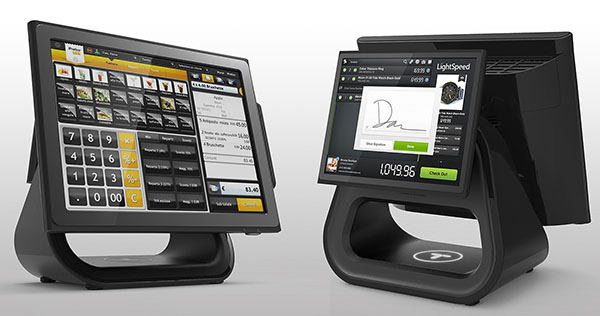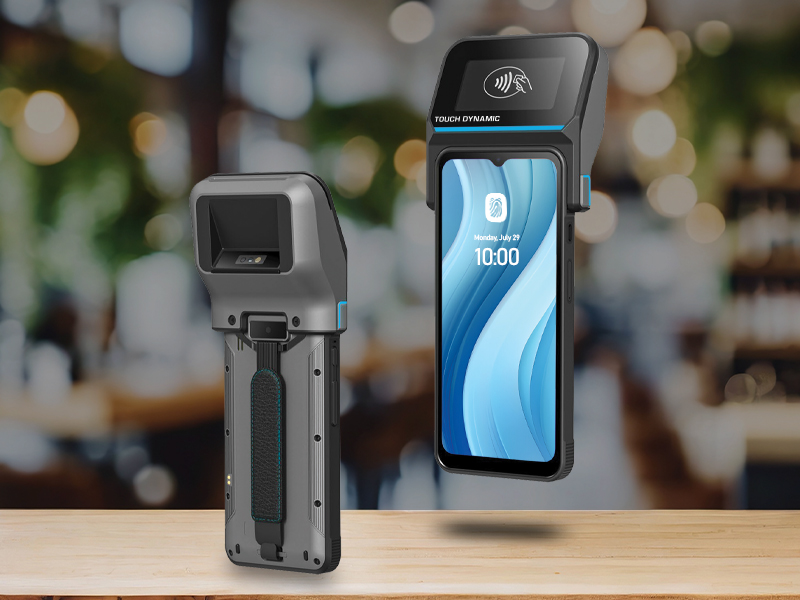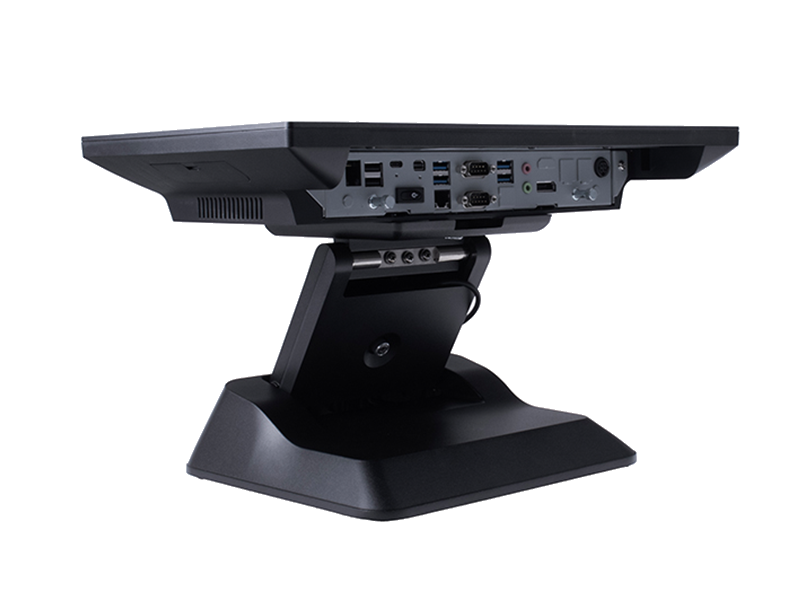Ensuring Business Continuity: The Essential Guide to Point of Sale Support and Maintenance
In today’s fast-paced retail and hospitality industries, Point of Sale (POS) systems are the backbone of transactional efficiency. These systems streamline sales, inventory, and customer interactions, making their reliability critical. However, like any technology, POS systems require diligent support and maintenance to prevent disruptions. This article explores the intricacies of POS support and maintenance, highlighting their importance, components, and best practices for optimal performance.

Understanding POS Systems: Core Components
A POS system integrates hardware, software, and networking to process transactions and manage business operations:
Hardware: Includes terminals, barcode scanners, receipt printers, and card readers.
Software: Manages sales, inventory, customer relationships, and analytics.
Networking: Connects devices and integrates with cloud services or on-premise servers.

The Importance of POS Support and Maintenance
- Minimizing Downtime: System failures can halt sales, damage reputation, and lead to revenue loss. Proactive maintenance ensures uptime.
- Security Compliance: POS systems handle sensitive data; regular updates protect against breaches and comply with standards like PCI DSS.
- Longevity of Equipment: Routine checks extend hardware lifespan, reducing replacement costs.
- Enhanced Customer Experience: Reliable systems ensure smooth transactions, fostering customer loyalty.

Types of POS Support Services
Remote Support: Quick resolution for software issues, updates, and security patches via online tools.
On-Site Support: Essential for hardware malfunctions, such as printer jams or terminal repairs.
Break-Fix vs. Proactive Models: Transitioning from reactive fixes to scheduled maintenance prevents emergencies.

Key Maintenance Tasks
- Software Updates: Regular patches enhance features and security.
- Hardware Inspections: Cleaning and testing devices like scanners and printers.
- Network Monitoring: Ensuring stable connectivity for cloud-based systems and data sync.
- Data Backups: Safeguarding transaction histories and customer data against loss.
- Security Audits: Identifying vulnerabilities and encrypting payment data.


Challenges in POS Support
Complexity: Multi-location businesses face integration hurdles.
Rapid Technological Changes: Keeping systems updated with emerging tech (e.g., contactless payments).
Dependence on Internet: Cloud-based POS requires reliable bandwidth and backup plans.

Best Practices for Effective Management
- Partner with Reliable Providers: Choose vendors offering 24/7 support and service-level agreements (SLAs).
- Train Staff: Empower employees to troubleshoot minor issues and recognize security threats.
- Monitor Performance: Use analytics to predict hardware failures or software glitches.
- Plan Upgrades: Schedule replacements before legacy systems become obsolete.

Investing in robust POS support and maintenance is not optional—it’s a strategic necessity. By prioritizing proactive care, businesses can avoid costly downtime, protect sensitive data, and deliver seamless customer experiences. Whether leveraging cloud-based solutions or traditional setups, a well-maintained POS system is a catalyst for operational excellence and long-term success.